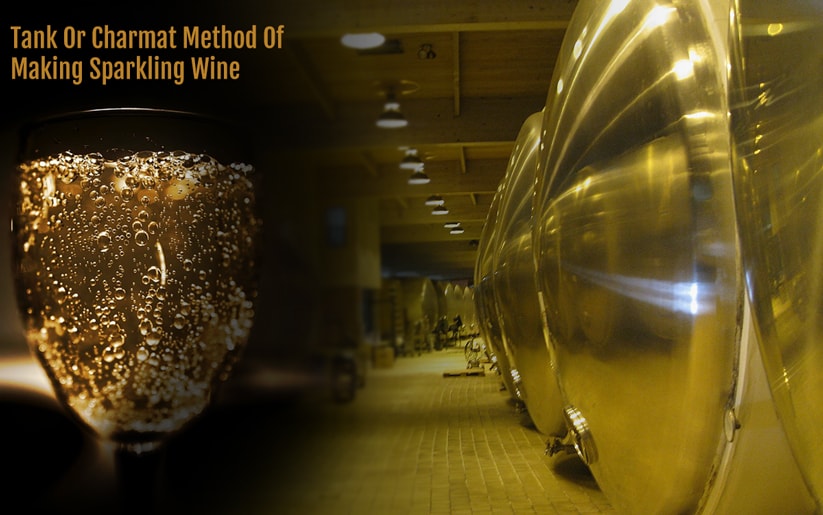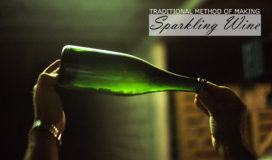In a previous blog post, we had discussed the traditional method for producing champagne sparkling wine. That was meant to help our readers identify the method through the tasting notes of a wine. Today, we will talk about another of those methods – the Charmat method, commonly known as the tank method. If you haven’t read the blog on the traditional method just yet, we highly recommend you do it first. The key difference between the two methods is that while the second fermentation takes place in bottles in the traditional method, it is conducted in a large tank in the tank method. It is also worth mentioning that while the former is used to produce Champagne, the latter is employed for producing Prosecco.
Moving on
As until the second fermentation both the processes are the same, we will cut right to the next step (rather than going step-by-step over again). The second fermentation in the tank method takes place in a sealed tank. The base wines are transferred along with the liqueur de tirage (A yeast and sugar mixture) to this tank. Just like the bottle fermentation though, the carbon dioxide produced during the fermentation is unable to escape the wine (since the tank is sealed), thereby carbonating it.
The CO2 also leads to building the pressure inside the tank. Post fermentation, the wine is filtered to get rid of the lees or any other residue. The process of dosage then follows, as explained in the previous blog. The amount of sugar added depends on whether the winemaker is crafting a brut, demi-sec or wine with another sweetness level. (‘Brut’ is used to refer to a dry sparkling wine. ‘Demi-sec’ literally means half dry, i.e. wines that are slightly sweet.) Let’s also mention that wines developed through the Charmat method are bottled without ageing.
How is this method beneficial
This method is usually much cheaper than the traditional method, hence is associated with more of inexpensive sparkling wines. Speaking of the differences, let us also add that wines created using the tank method usually undergo less of lees contact, resulting in wines that are fresh and aromatic. This is beneficial for grape varieties like Glera where one wants to retain the vibrancy of the fruit.
So, the next time you pick up a bottle of bubbly and it mentions the Charmat method, you will know what the winemaker wants to convey by that!















Pingback: Transfer Method Of Producing Sparkling Wine | All About Wines and Wineries of Australia - Get Wined!